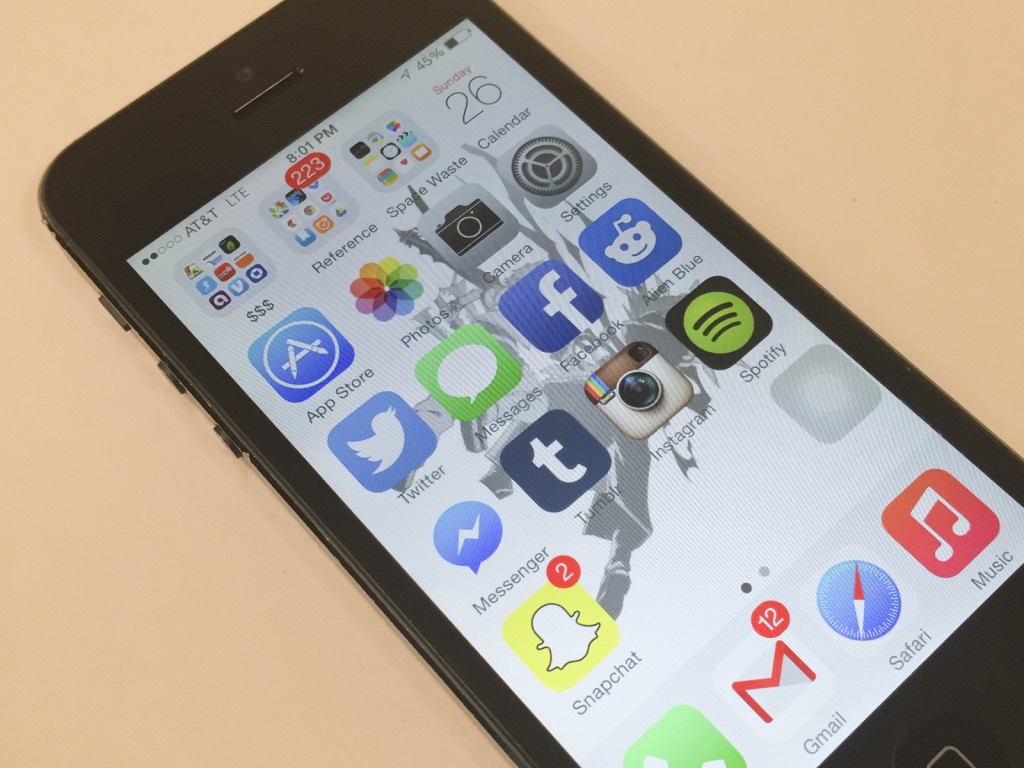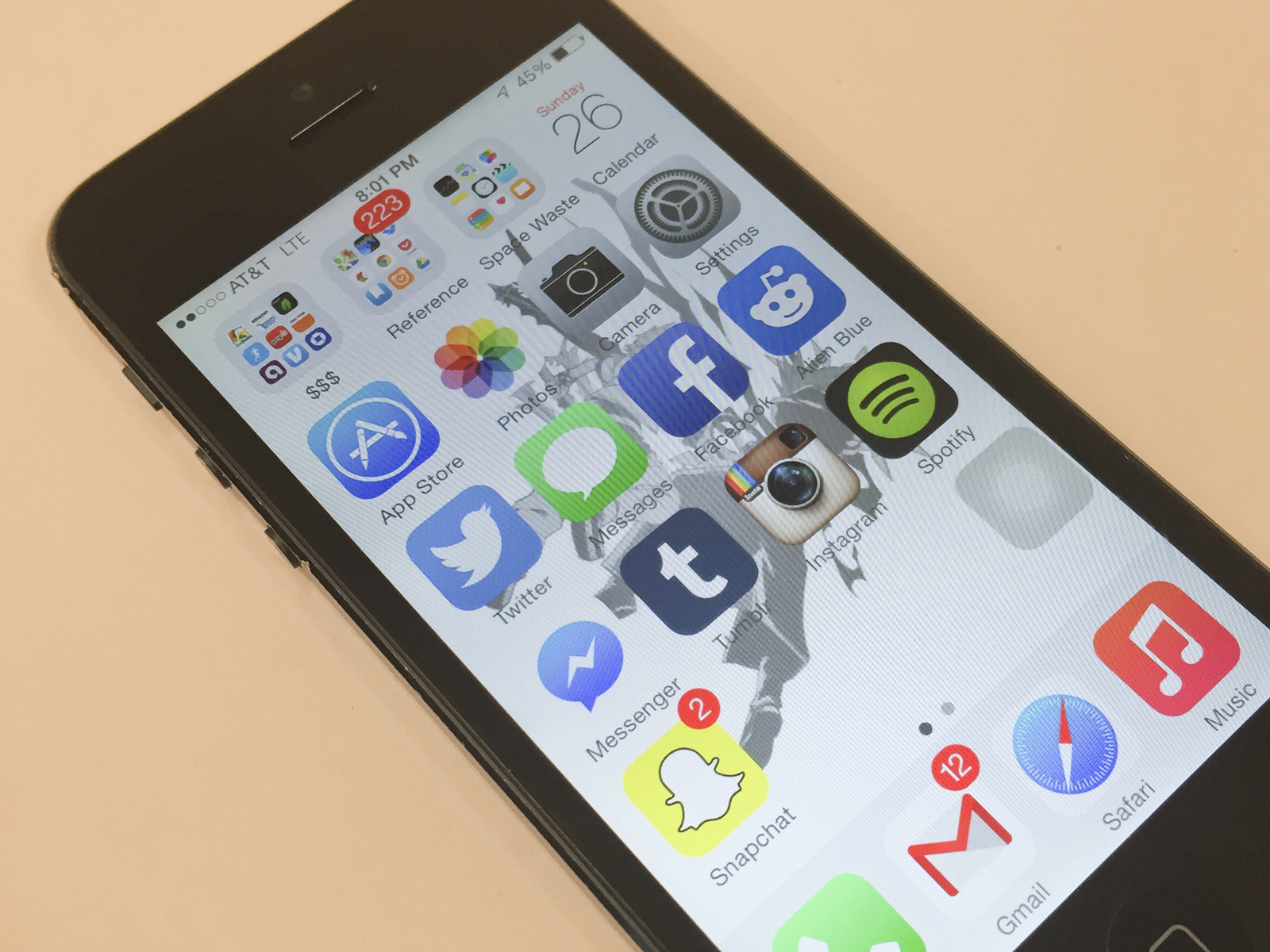
The allure of smartphones comes down to one factor: convenience. Thanks to mobile applications, we are able to achieve more in less time. The appeal of smartphones in their infancy centered around people being able to respond to emails and conduct their business on the go. Since then, smartphones have evolved — ridding us of the burden of carrying several technological devices at once because one device can achieve it all. Now it seems there’s practically an app for everything.
Due to the multitude of apps in existence, students have the ability to accomplish extensively more. With Apple’s App Store and Android’s Google Play app markets thriving day in and day out, the prospects are endless. On the cusp of the information age, we are privileged with ample possibilities for what we can achieve as content creators as well as consumers. While many associate apps solely with pleasure, the productivity category continues to flourish with one app’s failure being the genesis of another.
Likewise, learning a language is simpler than ever before with apps such as Duolingo and Memrise, math assistance is available at any time on Khan Academy and WolframAlpha and news articles, books, television series and films are only a click away. There are apps particularly concerned with putting your brain to the test, such as Luminosity and Fit Brains Trainer. In essence, these apps often link learning and entertainment. Nevertheless, many still fear the impact of smartphones and their ever-expanding app markets despite their considerable applicabilities.
One of the prime criticisms of having a myriad of smartphone applications at your disposal is unmistakably procrastination. Researchers project that 70 percent of American students procrastinate. In order to remedy lost time, students look for ways to increase efficacy, often through overcompensating, which explains why these productivity apps are heavily pushing the multitasking angle. The incessant stimulation that our smartphones and tablets offer poses all sorts of trials and tribulations for a student trying to focus on one task at a time, especially if that task involves reading for a class. Many apps and browser extensions employ the Pomodoro technique (a method for time management which consists of breaking up tasks into traditionally 25-minute intervals) by blocking distracting websites for a set amount of time to counteract the temptation to procrastinate.
Furthermore, many argue that technology morphs people into half-witted zombies. This argument grossly ignores the effortlessness of accessing knowledge now, with apps teaching coding, geography, writing and many other disciplines taught through educational apps for lifelong learners. In addition, as proven in a study done by “Psychology Today,” smartphones play a substantial role in increasing the overall IQ of our society through the processing of information that occurs as a result of using smartphones, which ultimately improves our nonverbal reasoning skills.
Whether or not apps effectively make people more intelligent remains controversial, but at the very least, it’s not difficult to acknowledge the potential that mobile applications have in educating people either through using a GRE vocabulary flashcard app such as Magoosh or access to thousands of TEDTalks that bestow knowledge upon their viewers.
Gil Bouhnick, vice president of Mobility at ClickSoftware, said it perfectly: “As powerful as our survey results prove the smartphone to be, the exciting reality is today’s mobile technology innovation has only scratched the surface of its potential to propel success, both in personal life and in business.” Smartphones harbor countless facets of untapped potential for innovators of our generation and the next.
With this in mind, smartphones, akin to any other form of technology, are not inherently beneficial or malicious. The question is in which manner they are applied, for smartphones have the potential to make life easier in a plethora of ways. Skype to catch up with friends abroad, or Google Maps to avoid traffic are all examples of the contributive side of apps. Apps can prevent or in some cases assuage the accumulated stresses of one’s day. Fortunately, smartphones evolve with each passing day, administering increasing capabilities and possibilities for their users.








